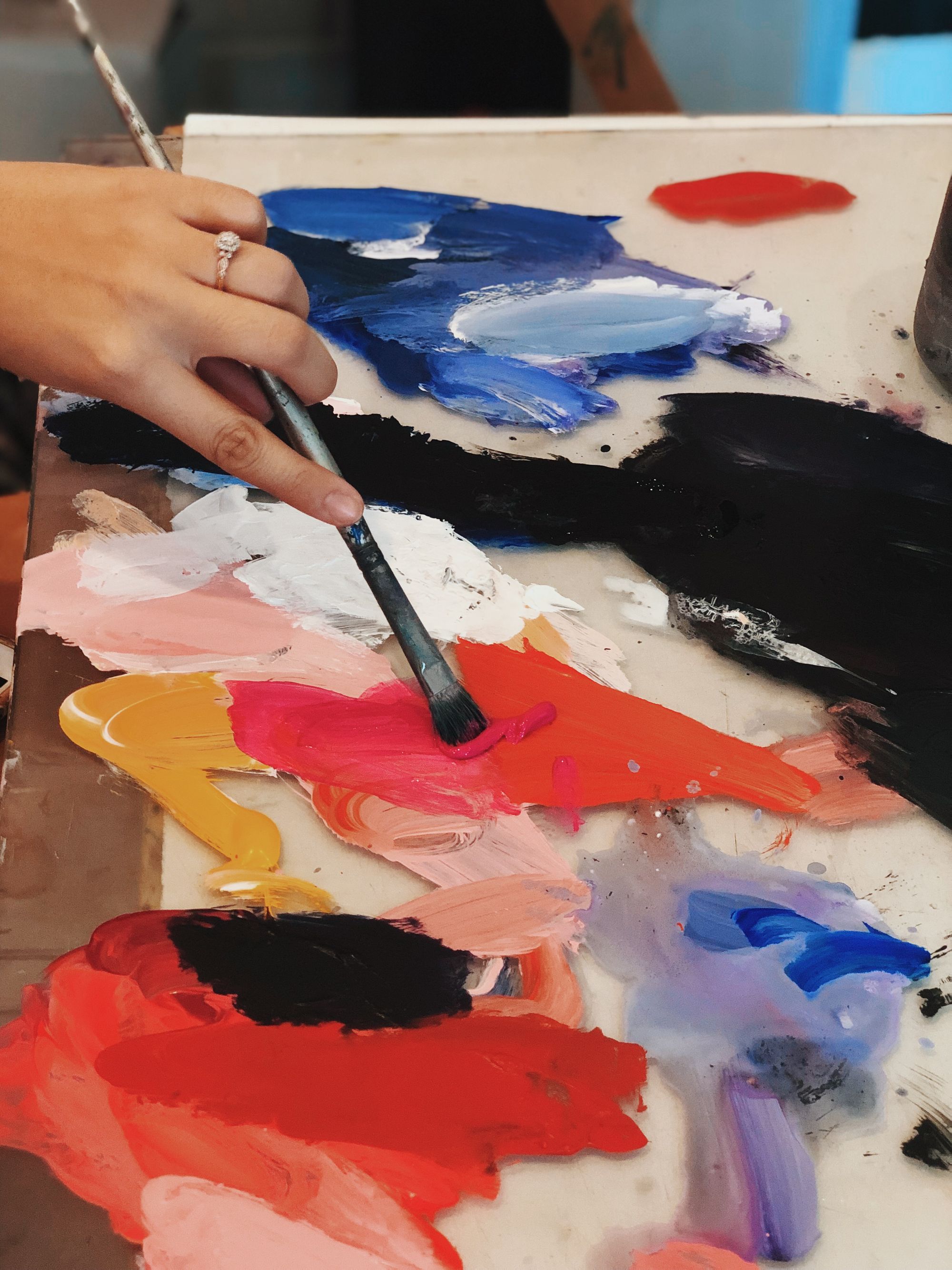Shop At Haya: Your Ultimate Shopping Guide
Discover the best shopping tips, trends, and deals for a smarter buying experience.
Brushes, Blunders, and Bold Colors: Elevate Your Canvas Skills
Unlock your artistic potential with Brushes, Blunders, and Bold Colors—transform mistakes into masterpieces and elevate your canvas skills today!
Mastering Brush Techniques: Tips for Every Skill Level
Mastering brush techniques is essential for artists of all skill levels, from beginners to seasoned professionals. Understanding the different brush types and their unique applications can significantly enhance your artwork. To get started, familiarize yourself with the basic brush types, such as filbert, round, and flat brushes. Each type serves a specific purpose, offering distinct effects in your painting. For beginners, practicing simple strokes like the washed stroke or scumbling can build a solid foundation. As you progress, experiment with techniques like dry brushing and wet-on-wet to create texture and depth in your pieces.
For intermediate and advanced artists looking to refine their brush techniques, focusing on layering and blending can set you apart. Try incorporating techniques such as glazing to add luminosity or wet-on-dry for sharper edges. Additionally, consider keeping a brush journal to document your strokes, color mixes, and outcomes, which will help you track your progress over time. Embrace the journey of experimentation, and remember that every technique you learn adds another tool to your artistic toolkit.

Common Painting Mistakes: How to Turn Blunders into Art
Painting can be a rewarding creative outlet, but common painting mistakes can sometimes turn an exciting project into a frustrating experience. From overloading your brush with paint to neglecting to prep your surface properly, these blunders can lead to unsightly results. However, identifying these errors is the first step toward turning them into opportunities for growth and discovery. For example, if you notice streaks in your work, instead of starting over, consider using them as a unique texture or layering additional colors to create depth and interest.
Furthermore, some painting mistakes can serve as unexpected sources of inspiration. If you've accidentally dripped paint or created an unintended color blend, embrace these imperfections! They may guide you to new techniques or styles you wouldn't have considered otherwise. By maintaining a positive attitude and viewing these blunders as part of the artistic journey, you can transform what initially seemed like a setback into a stunning piece of art that expresses your creativity in an authentic way.
The Psychology of Color: Choosing Bold Hues for Impactful Artwork
The psychology of color plays a pivotal role in how we perceive and interact with artwork. Bold hues can evoke strong emotions and convey powerful messages, making them an essential tool for artists looking to leave a lasting impact on their audience. For example, vibrant reds can signify passion and urgency, while striking blues often promote a sense of calm and tranquility. Understanding these associations can help both artists and viewers appreciate the intricate relationship between color and emotion, ultimately enhancing the experience of engaging with art.
When selecting bold colors for impactful artwork, it is crucial to consider the context in which the piece will be displayed. Factors such as lighting, surrounding decor, and audience demographics all influence how colors are perceived. Moreover, using a carefully curated color palette can create a harmonious balance that draws the viewer's attention and fosters emotional connection. By embracing the psychology of color, artists can harness the power of bold hues to create captivating pieces that not only attract the eye but also resonate deeply with the heart.